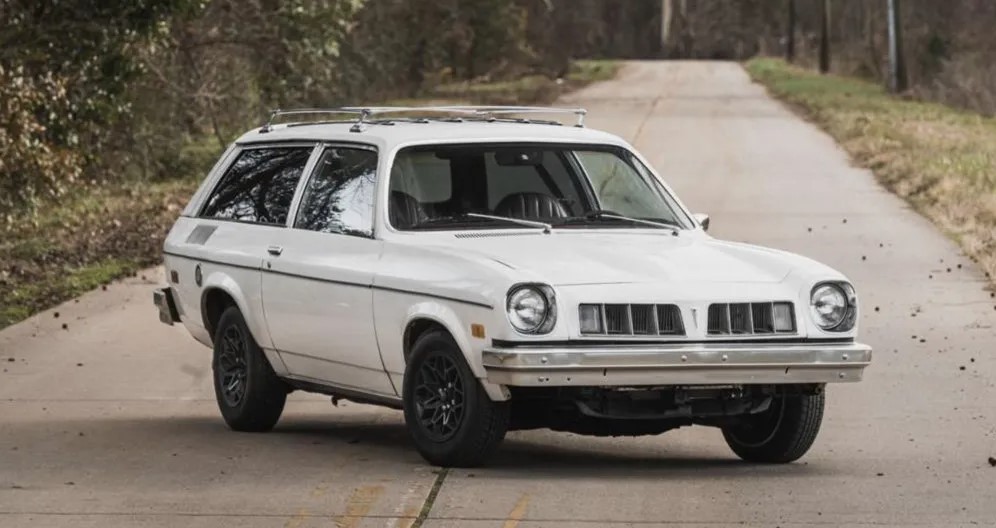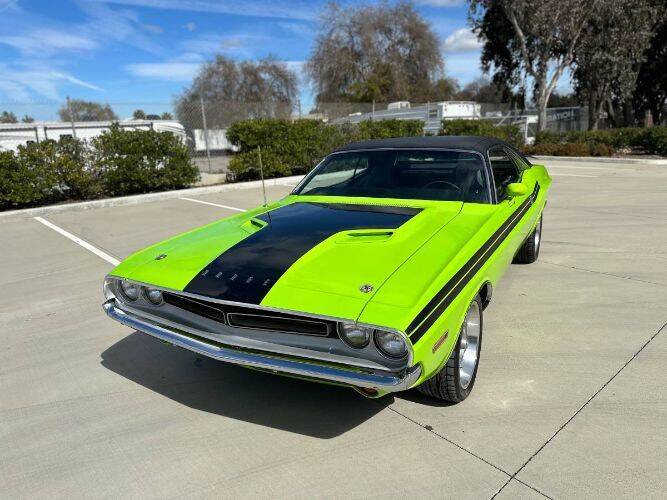In the annals of automotive history, few names evoke the same level of passion and reverence as the Chevrolet Camaro. A symbol of American muscle and engineering prowess, the 1969 Chevrolet Camaro Z28 RS stands out as a pinnacle of automotive design and performance. This iconic machine not only marked a significant chapter in the evolution of the Camaro line but also left an indelible mark on the hearts of car enthusiasts worldwide. In this comprehensive exploration, we delve into the details of the 1969 Chevrolet Camaro Z28 RS, uncovering its origins, design elements, performance specifications, and enduring legacy.

The Birth of a Legend
The late 1960s was a time of fierce competition among American automakers, each vying for supremacy in the burgeoning muscle car market. Chevrolet, in response to Ford's Mustang, introduced the Camaro in 1966. The Camaro quickly gained traction, becoming a symbol of speed, power, and style. By 1969, Chevrolet sought to elevate the Camaro's performance to new heights, leading to the creation of the Z28 RS.
Z28 Package: A Performance Marvel

At the heart of the 1969 Chevrolet Camaro Z28 RS was the revered Z28 package. This performance-oriented option was conceived to compete in the Sports Car Club of America's (SCCA) Trans-Am racing series, requiring manufacturers to produce a limited number of street-legal versions of their race cars. The Z28 package transformed the Camaro into a formidable track and street machine.
The "RS" in the model's name stands for "Rally Sport," and it brought distinctive styling elements to the Z28. The RS package included hidden headlights, a unique front grille, and special badging, giving the Z28 RS a distinct and aggressive appearance. The hidden headlights, a defining feature of the RS package, added an air of sophistication while maintaining the car's menacing presence.

Beyond the visual flair, the RS package contributed to the car's aerodynamic performance. The sleek, hidden headlights reduced drag, a crucial factor for a car designed to dominate both the track and the street. The aerodynamic enhancements not only improved the Z28 RS's stability at high speeds but also enhanced its overall efficiency.
Power and Performance

Under the hood, the 1969 Chevrolet Camaro Z28 RS was a powerhouse of muscle. The heart of the beast was a high-revving 302 cubic-inch V8 engine, a product of Chevrolet's dedication to achieving dominance on the racetrack. The 302 V8 was specifically designed for the SCCA Trans-Am series, where engine displacement limits required ingenuity and precision.
The engine bore the DZ code, signifying its origin in the Z28 model. With a compression ratio of 11:1, a solid-lifter camshaft, and a Holley four-barrel carburetor, the 302 V8 produced a remarkable 290 horsepower. This powerplant was mated to a close-ratio Muncie four-speed manual transmission, allowing drivers to fully harness the engine's potential.
To complement the potent engine, the Z28 RS featured a performance-oriented suspension system. Front and rear anti-roll bars, stiffer springs, and heavy-duty shock absorbers contributed to the car's exceptional handling capabilities. The Z28 RS was not merely a straight-line speedster; it was a well-balanced machine capable of conquering twists and turns with finesse.
Interior Comfort and Amenities

While the 1969 Chevrolet Camaro Z28 RS was undeniably a performance-oriented machine, it did not compromise on interior comfort and amenities. The cabin featured bucket seats, a center console, and optional upgrades like air conditioning and a deluxe interior package. The combination of performance and comfort made the Z28 RS a versatile machine, equally adept at thrilling drives and comfortable cruising.
The true test of any high-performance vehicle lies on the racetrack, and the 1969 Chevrolet Camaro Z28 RS excelled in this arena. The Z28 model, equipped with the RS package, proved to be a force to be reckoned with in the SCCA Trans-Am series. In 1969, the Z28 secured the Trans-Am championship, cementing its place in racing history.

One of the key figures in the success of the Z28 RS on the racetrack was legendary driver Mark Donohue. Piloting a Penske Racing-prepared Z28, Donohue showcased the car's capabilities, contributing significantly to its victories in the Trans-Am series. Donohue's influence not only elevated the Z28 RS's racing pedigree but also added to its allure among performance enthusiasts.
Enduring Legacy and Collectibility

The 1969 Chevrolet Camaro Z28 RS has not merely faded into the pages of history; its legacy endures, and its collectibility has only grown over the years. Enthusiasts and collectors alike seek out well-preserved examples of this iconic machine, driving up demand and values in the classic car market.
The limited production numbers of the Z28 RS add to its allure. With approximately 20,000 Z28s produced in 1969, and only a fraction of those equipped with the RS package, finding an authentic and well-maintained Z28 RS has become a quest for many collectors. The rarity and desirability of this model make it a coveted gem among automotive aficionados.

Given the Z28 RS's status as a classic and collectible car, restorations and modifications have become common practices among owners. Restoring a Z28 RS to its original glory requires meticulous attention to detail and a commitment to authenticity. Some owners, however, choose to modify their Z28 RS, updating certain components to enhance performance or incorporating modern conveniences while preserving the car's overall character.
Challenges and Rewards of Restoration

Restoring a 1969 Chevrolet Camaro Z28 RS comes with its set of challenges. Finding authentic parts, ensuring accurate paint colors, and addressing potential rust issues are common hurdles restorers face. However, the rewards of bringing a Z28 RS back to its original condition or tastefully modifying it to meet modern expectations are immense. The satisfaction of driving or showcasing a meticulously restored Z28 RS is a testament to the enduring appeal of this classic muscle car.
Conclusion

In the realm of American muscle cars, the 1969 Chevrolet Camaro Z28 RS stands tall as a symbol of power, performance, and timeless design. From its origins as a track-focused machine to its enduring legacy as a sought-after collectible, the Z28 RS has left an indelible mark on automotive history. With its distinctive styling, potent 302 V8 engine, and racing pedigree, the Z28 RS continues to captivate the hearts of enthusiasts, ensuring its place as an icon in the pantheon of classic cars. As we look back at the golden era of muscle cars, the Z28 RS remains a shining example of Chevrolet's commitment to pushing the boundaries of performance and leaving an everlasting imprint on the automotive landscape.


